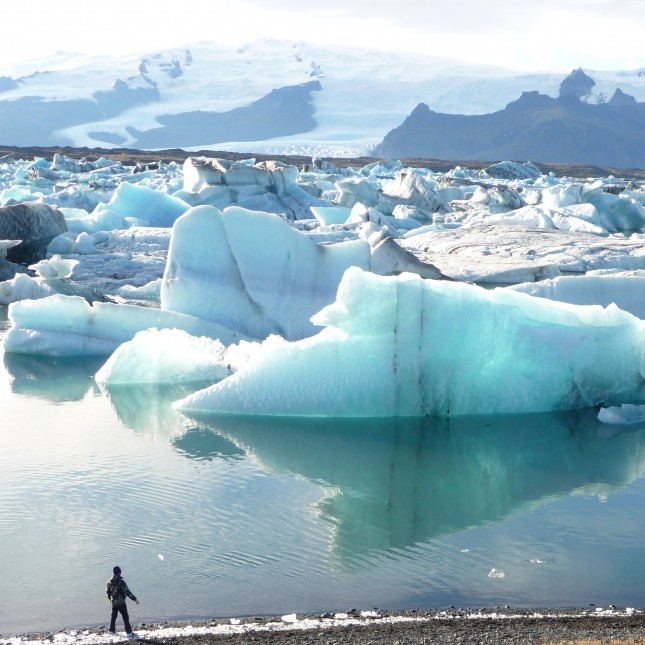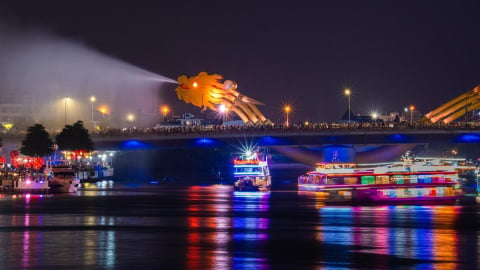Jokulsarlon is a glacial lagoon in southeast Iceland, near Vatnajokull National Park and is a popular tourist destination in the country. This area was formed completely naturally by melting icebergs.
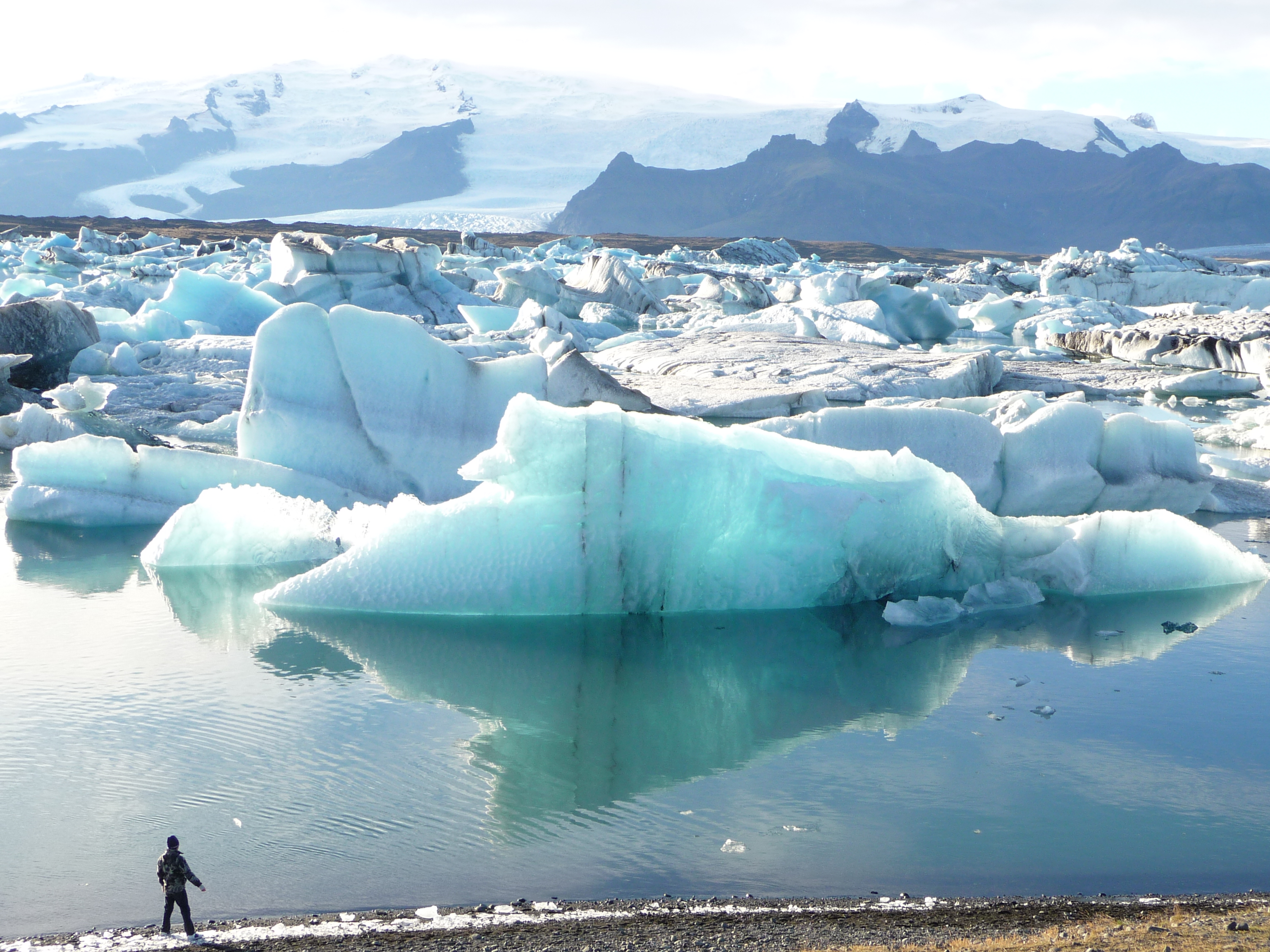
The Jokulsarlon Glacier Lagoon in Iceland is part of the Breidamerkurjokull Glacier. When the first Icelanders arrived in 900 AD, the Jokulsarlon Glacier Lagoon did not exist, but the Breidamerkurjokull Glacier, which is about 20 km long, flows north and empties into the sea.
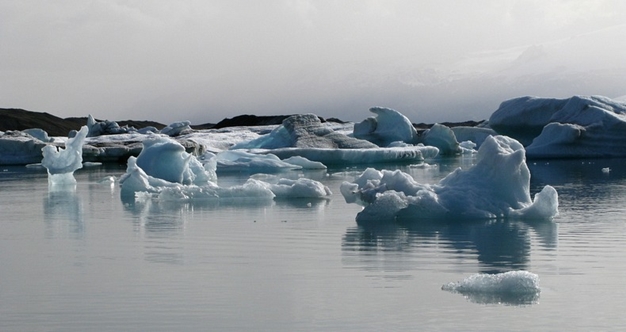
The area has been expanding since 1970 as the ice continued to melt. Today, the Jokulsarlon glacier lagoon is 1,500m long and covers an area of about 18km2, making it the deepest glacier in Iceland at nearly 250m deep.

As the region's temperature gradually increased between 1920 and 1965, the Breidamerkurjokull glacier began to melt in different locations, creating icebergs of various shapes and sizes, forming the Jokulsarlon glacier lagoon as it is known today.
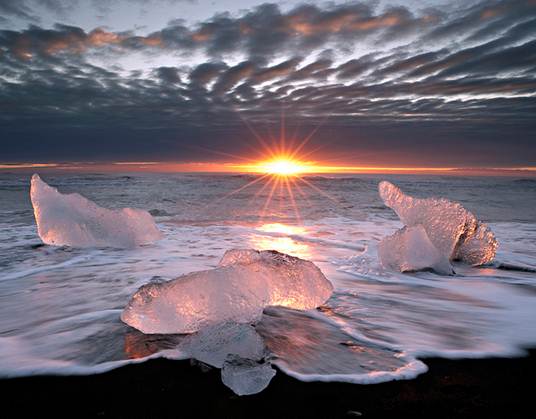
However, the ice in Jokulsarlon lagoon is almost “immobile” in winter, neither moving nor melting. In summer, when the temperature rises, the ice here gradually melts and flows downstream to the sea.
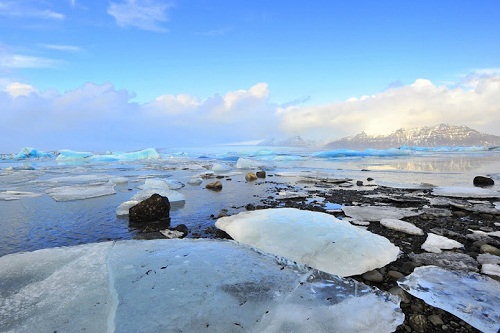
Today, Jokulsarlon is a famous tourist destination, attracting many tourists when coming to Iceland. This area is located next to Iceland's national highway, very convenient for you to visit.

There are regular buses that run to the Jokulsarlon glacier lagoon and stop there for about an hour before returning to the city, so if you want to visit Jokulsarlon, the bus is the ideal way to get there.






